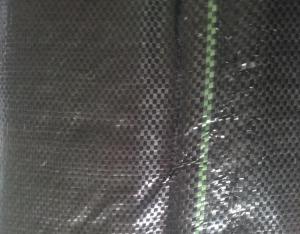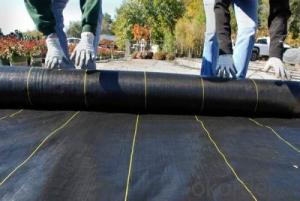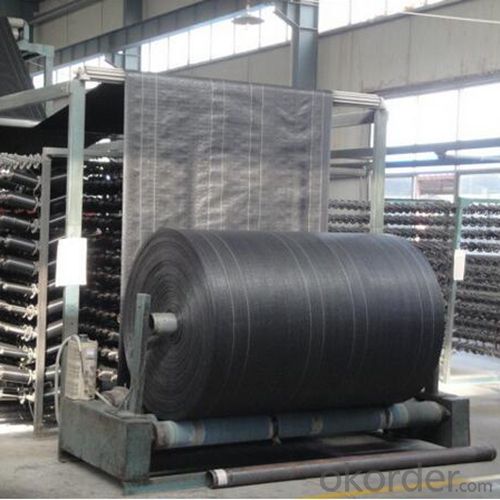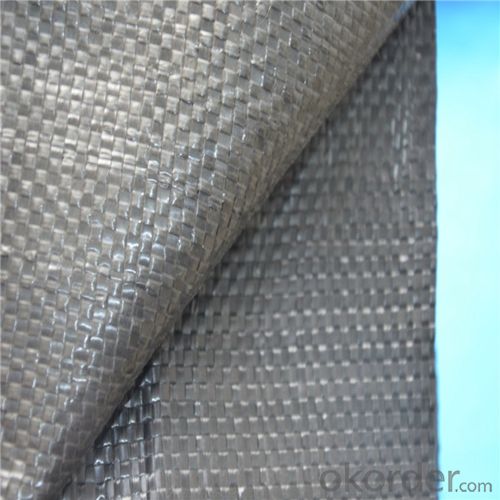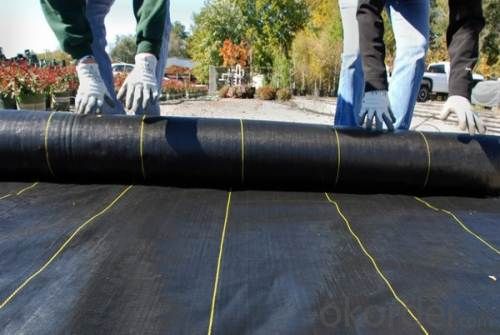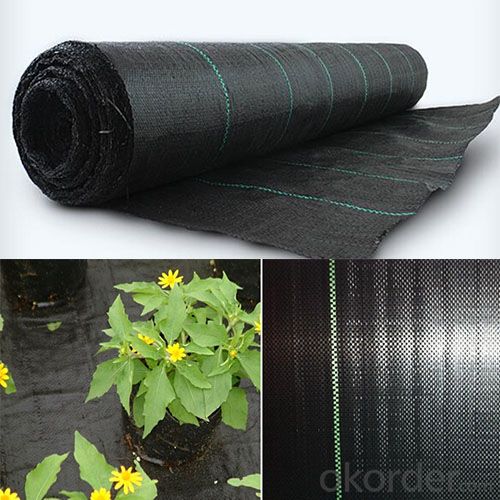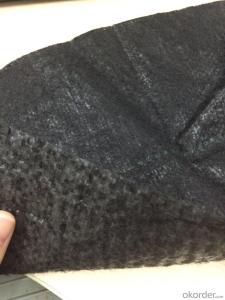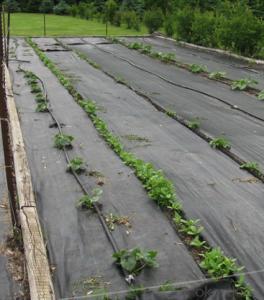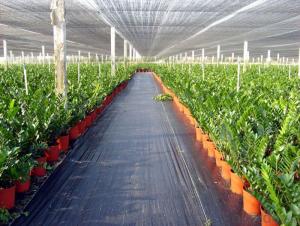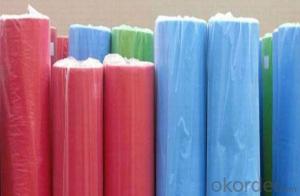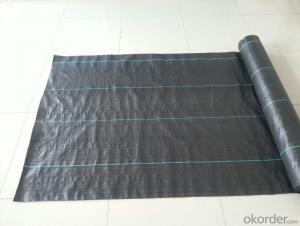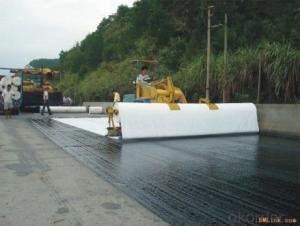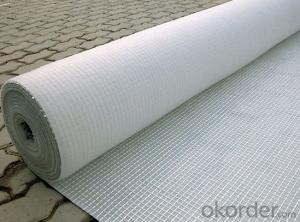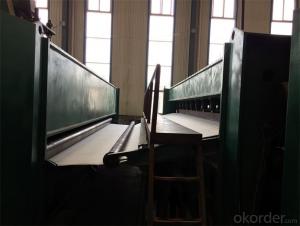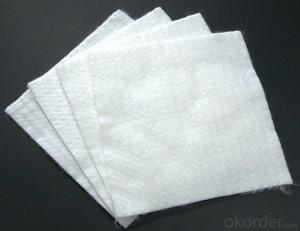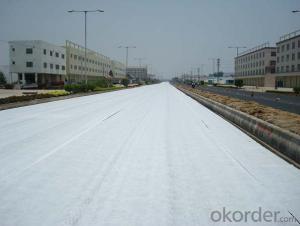Aashto M288 Geotextiles Agricultural Weed Barrier Weed Mat Polypropylene Nonwoven Fabric
- Loading Port:
- Qingdao
- Payment Terms:
- TT or LC
- Min Order Qty:
- 10000 m²
- Supply Capability:
- 500000 m²/month
OKorder Service Pledge
OKorder Financial Service
You Might Also Like
Agricultural Weed Barrier/Weed Mat/PP nonwoven Fabric Product Description
Product name | Agricultural Weed Barrier/Weed Mat/PP nonwoven Fabric |
Material | 100% virgin PP or PE material |
Weight | 70g/m2 to 340g/m2 |
Width | 0.5-6m or as your requirements |
Length | 50m-200m or as customer's request |
Elongation rate | Less than 25% |
Color | Black or as required |
Usage | Anti-grass for agriculture |
Packaging | Packing in rolls on cardboard tubes |
Agricultural Weed Barrier/Weed Mat/PP nonwoven Fabric Product Advantage:
1.100% Virgin Material:100% virgin exclusive fomulation material, make the bag No Smell, Good Strength, Bright Color.
2. Advanced equipment and excellent weaving technology, making fabric with high- density, good toughness and strength.
3.Available width 50cm to 10m. Ultrasonic cutting, more neat and smooth.
4. Anti-UV to the processing development, in order to increase the service life of the product.
Agricultural Weed Barrier/Weed Mat/PP nonwoven Fabric Product Application:
1. weed block for landscpae garden beds
2. permeable liners for planters
3. weed control under wooden decking
4. geotextile for separating aggregate
5. landscpae fabric to prevent soil erosion
Agricultural Weed Barrier/Weed Mat/PP nonwoven Fabric Product Packing and Loading:
1. packaging: per roll with one woven bag or plastic bag, several rolls per bundle; by carton package, by pallet package
2. loading:
11-12tons/20ft container
21-23tons/40HQ container
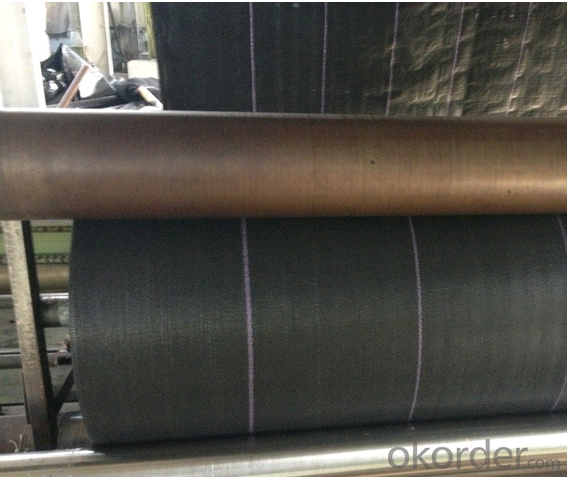

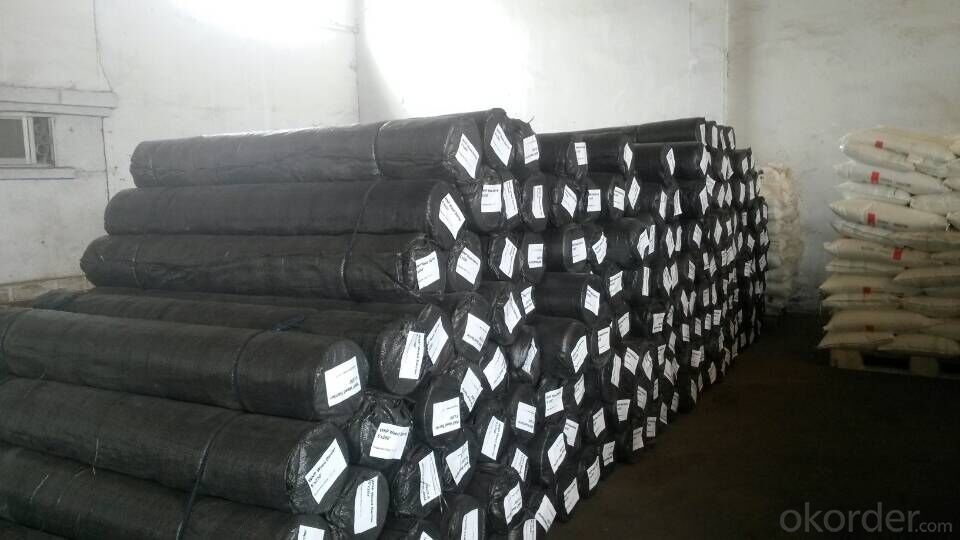
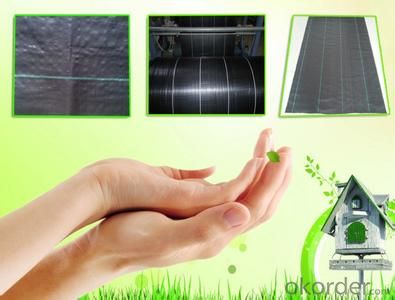
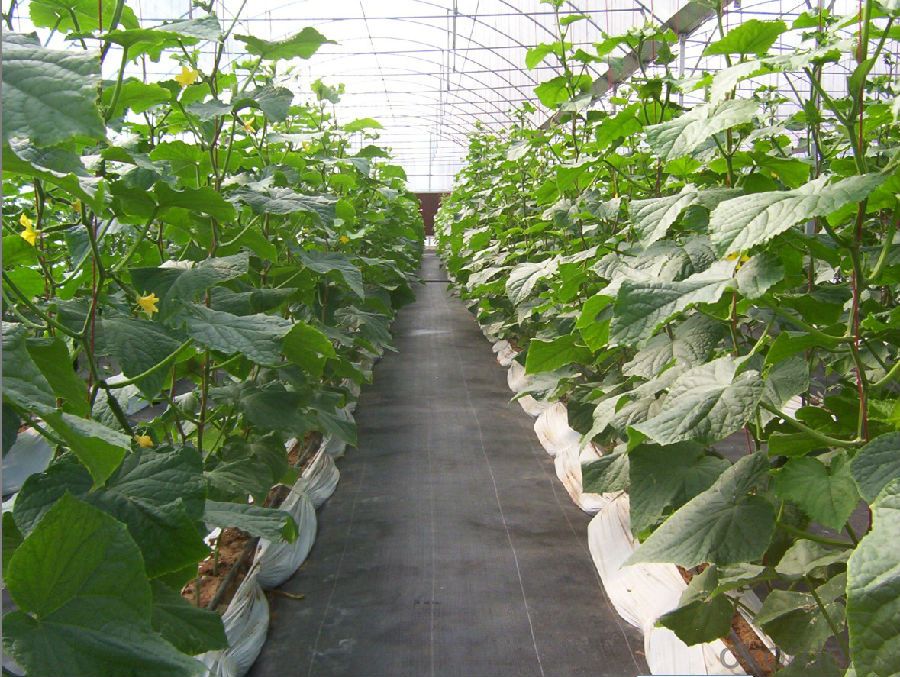


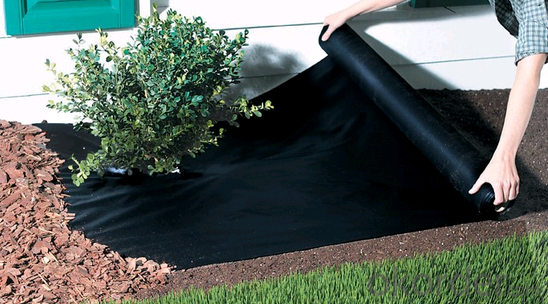
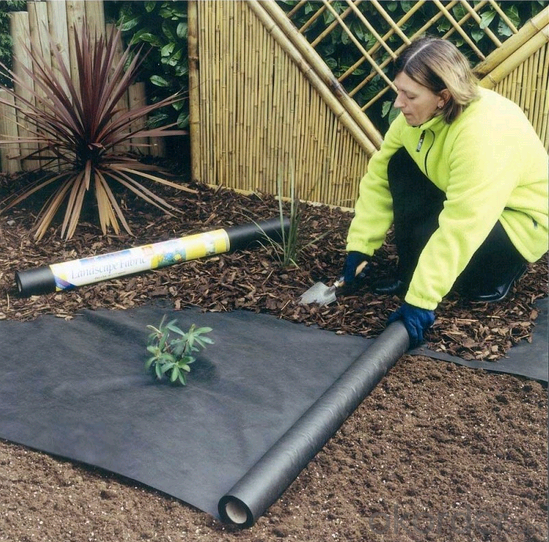
- Q: How do geotextiles improve the performance of slopes?
- Geotextiles improve the performance of slopes by providing reinforcement and stabilization. They help to prevent erosion, soil movement, and surface runoff by acting as a barrier between the soil layers. Additionally, geotextiles increase the overall strength of the slope, reducing the risk of landslides or slope failures.
- Q: How do geotextiles help with separation and stabilization in railroads?
- Geotextiles help with separation and stabilization in railroads by acting as a barrier between the subgrade and the ballast layer, preventing the mixing of materials and maintaining the integrity of the track structure. They also provide reinforcement by distributing loads more evenly, reducing settlement and promoting overall stability.
- Q: Designers give blind ditch length of 540m, geotextile for 2835m2 more
- Too professional. You ask the manufacturers, music built
- Q: What are the factors to consider when selecting a geotextile for a specific application?
- When selecting a geotextile for a specific application, there are several factors to consider. Firstly, the intended function of the geotextile needs to be evaluated. This includes determining whether it will be used for separation, filtration, reinforcement, or drainage purposes. Secondly, the site conditions and environmental factors such as soil type, climate, and potential chemical exposure must be taken into account. The required strength, durability, and longevity of the geotextile should also be considered. Additionally, the cost-effectiveness and availability of the specific geotextile should be assessed. Finally, the installation and maintenance requirements of the geotextile need to be evaluated to ensure proper implementation and long-term performance.
- Q: You produce 700 grams of high-strength polypropylene geotextile it?
- 700 grams of high-strength polypropylene geotextile is designed for high-speed rail sliding layer of high-strength wear-resistant geotextile, our products in the West high-speed rail passenger line, OKorder and Hangzhou and other high-speed rail lines have applications.
- Q: Are geotextiles environmentally friendly?
- Yes, geotextiles are environmentally friendly. They are made from natural or synthetic fibers that are biodegradable and do not release harmful substances into the environment. Geotextiles also help to prevent soil erosion, promote vegetation growth, and improve water quality, making them a sustainable solution for various environmental applications.
- Q: The secondary lining of the tunnel to install the vertical ring to the blind tube hang the geotextile waterproof board generally used for how long
- See the progress of the project
- Q: How do geotextiles aid in the protection of geomembranes?
- Geotextiles aid in the protection of geomembranes by acting as a barrier between the geomembrane and the subgrade or surrounding soil. They prevent punctures, abrasions, and other damage to the geomembrane, ensuring its longevity and effectiveness in containing liquids or gases. Geotextiles also help in distributing the load and reducing stress on the geomembrane, enhancing its overall stability and performance.
- Q: Can geotextiles be used for filtration purposes?
- Yes, geotextiles can be used for filtration purposes. They are specifically designed to allow water to pass through while retaining soil and other particles, making them effective for various filtration applications such as preventing erosion, drainage systems, and sediment control.
- Q: Geotextile drainage network and geotextile how to heat stick
- Geotextile and geotextile crimp part of the use of sewing or hot air welding. Hot air welding is the connection method of filament geotextile, that is, with the hot air gun on the connection of two pieces of cloth instantaneous high temperature heating, so that part of the molten state, and immediately use a certain external force to make it firmly together. In the case of wet (rain and snow) weather can not be hot adhesive connection, geotextile should take another method of a suture connection method, that is, with a dedicated sewing machine for two-wire suture connection, and the use of anti-chemical UV suture.
Send your message to us
Aashto M288 Geotextiles Agricultural Weed Barrier Weed Mat Polypropylene Nonwoven Fabric
- Loading Port:
- Qingdao
- Payment Terms:
- TT or LC
- Min Order Qty:
- 10000 m²
- Supply Capability:
- 500000 m²/month
OKorder Service Pledge
OKorder Financial Service
Similar products
Hot products
Hot Searches
Related keywords
